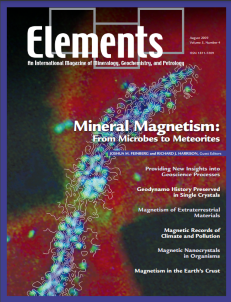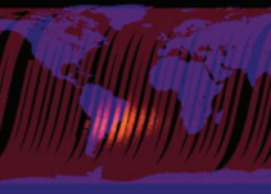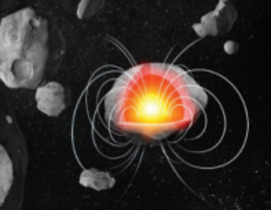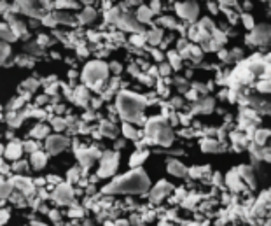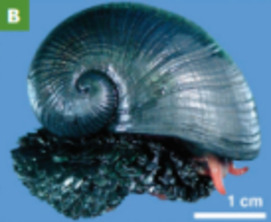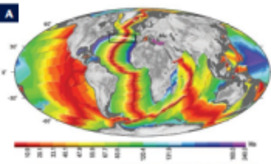
Mineral Magnetism: From Microbes to Meteorites
Joshua M. Feinberg and Richard J. Harrison – Guest Editors
Table of Contents
Magnetic minerals are ubiquitous in the natural environment. They are also present in a wide range of bio logical organisms, from bacteria to human beings. These minerals carry a wealth of information encoded in their magnetic properties. Mineral magnetism decodes this information and applies it to an ever increasing range of geoscience problems, from the origin of magnetic anomalies on Mars to quantifying variations in Earth’s paleoclimate. The last ten years have seen a striking improve ment in our ability to detect and im age, with higher and higher resolu tion, the magnetization of minerals in geological and biological samples. This issue is devoted to some of the most exciting recent developments in mineral magnetism and their ap plications to Earth and environmental sciences, astrophysics, and biology.
Mineral Magnetism: Providing New Insights into Geoscience Processes
Geodynamo History Preserved in Single Silicate Crystals: Origins and Long-Term Mantle Control
Magnetism of Extraterrestrial Materials
Rain and Dust: Magnetic Records of Climate and Pollution
Magnetic Nanocrystals in Organisms
Crustal Magnetism, Lamellar Magnetism and Rocks That Remember
Bartington Instruments
Bruker AXS
Cambridge University Press
CrystalMaker
Elsevier
Excalibur Mineral Corporation
Geological Society of London
International Mineralogical Association
Rocks & Minerals
RockWare
Savillex
v5n5 Gold
Guest editor: Robert M. Hough and Charles R. M. Butt (CSIRO Exploration and Mining, Australia)
Gold fascinates researchers in many sciences. As well as being attractive as a pre cious metal, gold has important physical and electrical properties that cause it to be an ’advanced material’ for manufacturing and drug delivery in medical science. Geologically, gold can be transported in solution in ambient as well as hightem perature fluids, and its mineralogy, composition and crystallography are often used to decipher and interpret the genesis of different goldbearing ore systems. Because gold is a metal, its study requires a detailed understanding of metallography.
Why Gold is Valuable Charles R. M. Butt and Robert M. Hough (CSIRO Exploration and Mining, Australia)
- Gold in Solution Anthony E. Williams-Jones (McGill University), Robert J. Bowell and Artashes A. Migdisov
Gold Deposits: Where, When and Why John L. Walshe and James S. Cleverley
- From Source to Sinks in Auriferous Magmatic-Hydrothermal Porphyry and Epithermal Deposits Richard M. Tosdal, John H. Dilles and David R. Cooke
- The Crystallography, Metallography and Composition of Gold Robert M. Hough (CSIRO Exploration and Mining, Australia), Charles R. M. Butt (CSIRO Exploration and Mining, Australia) and Jörg Fischer-Bühner
- The Biogeochemistry of Gold Gordon Southam (University of British Columbia), Maggy F. Lengke, Lintern Fairbrother and Frank Reith
- Gold and Nanotechnology Claire M. Cobley and Younan Xia
- Scientific Exploration of the Moon (February 2009)
- Bentonites – Versatile Clays (April 2009)
- Gems (June 2009)
- Mineral Magmatism: From Microbes to Meteorites (August 2009)
- Gold (October 2009)
- Metal Stable Isotopes: Signals in the Environment (December 2009)
Download 2009 Thematic Preview


